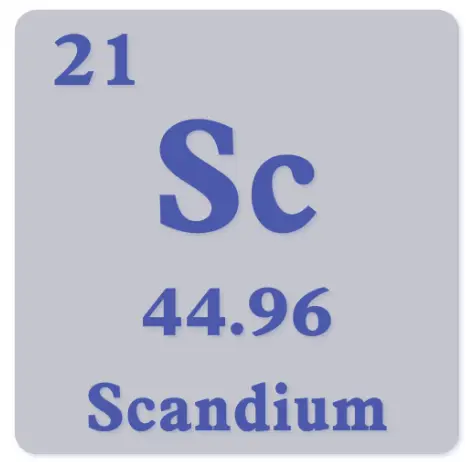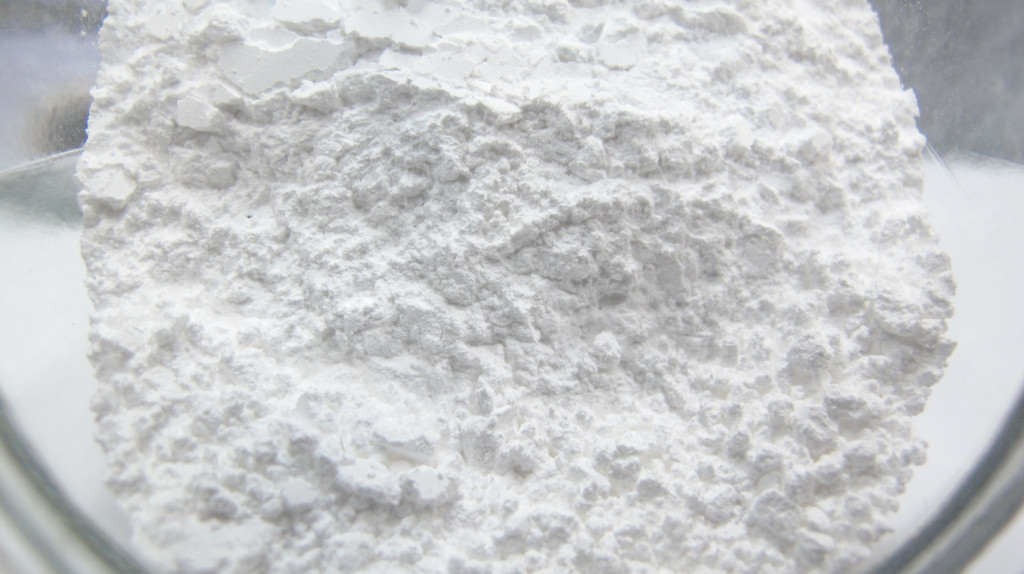In the previous article, we mentioned that the Apollo missions brought back rocks containing yttrium, which has superconductive properties. Interestingly, the Moon also contains other rare earth elements, such as scandium. On Earth, scandium is quite rare in the crust, even potentially more valuable than gold. However, despite its scarcity, scandium is mainly used in industrial applications rather than being traded as a luxury item. While scandium is rare on Earth, it is found in higher concentrations in the Sun and other celestial bodies.
Introduction
In 1869, Dmitri Mendeleev first proposed the periodic law of elements in his paper “The Relation Between the Properties of Element and Their Atomic Weights”. He predicted the existence of an undiscovered element that should have properties between calcium and titanium, and this prediction was made in 1871.
And eight years later, in 1879, Nilson and his team discovered scandium in the minerals euxenite and gadolinite. They named the element after “Scandia”, the Latin name for Scandinavia. Early production of pure scandium was difficult, and it wasn’t until 1937 that pure scandium metal was successfully isolated for the first time.
Scandium (Sc)
Atomic Number: 21
Atomic Mass: 44.955912 u
Electronic structure: [Ar] 3d1 4s2
Scandium’s electron configuration is similar to that of titanium (Ti) and cerium (Ce), and it belongs to the transition metals in the third period.
Physical Properties:
Appearance: Scandium is a silvery-white metal with a metallic luster.
Density: 2.985 g/cm³ (at room temperature)
Melting Point: 1541 °C
Boiling Point: 2836 °C
Hardness: 2.5 – 3.0 (Mohs scale)
Magnetism: Scandium is diamagnetic at room temperature, meaning it has no magnetic properties.
Chemical Properties:
- Scandium is a relatively reactive metal and can form various compounds with elements like oxygen, nitrogen, and sulfur.
- When exposed to air, scandium oxidizes quickly, forming a protective layer of scandium oxide (Sc₂O₃).
Applications of Scandium
Pure scandium is typically produced through the electrolysis of scandium chloride. When exposed to air, it gradually takes on a pale yellow or pinkish hue. Scandium is the lightest of the rare earth elements, though it is not classified as a light rare earth metal. Due to its high melting point and strong corrosion resistance, scandium is often added to aluminum alloys to create strong, lightweight materials. Common applications include:
- Scandium is primarily used as an alloy additive to improve the strength and corrosion resistance of alloys.
- It is used in the production of high-performance lightweight alloys, particularly in the aerospace and automotive industries, as well as in consumer products like baseball bats and bicycle frames.
- Scandium plays a crucial role in some high-temperature alloys and ceramic materials.
- It is also used in research and scientific experiments, particularly in optical applications and as a catalyst.
Interestingly, scandium is also used in lighting, particularly in high-intensity discharge lamps for large venues and film production. Scandium-sodium alloys are used in the bulbs of these lights, which, when electrically charged, produce light that closely resembles sunlight. These lamps are brighter and have a longer lifespan than traditional halogen bulbs, and they consume about 50% less energy.


